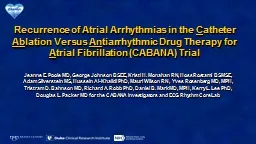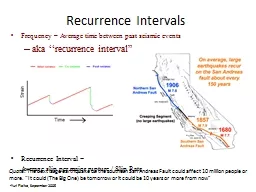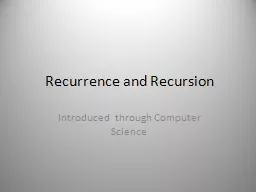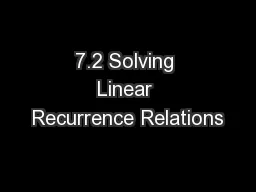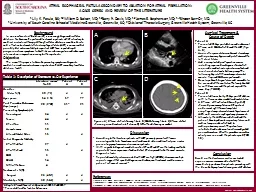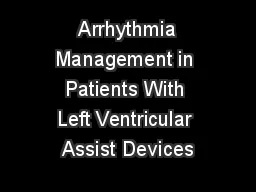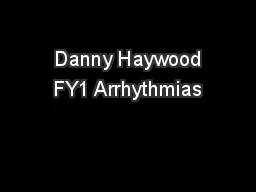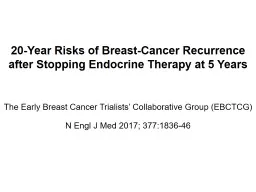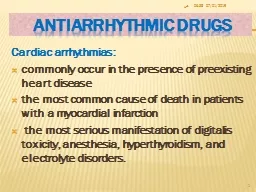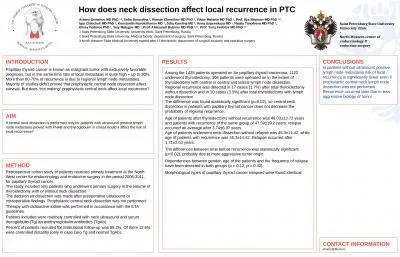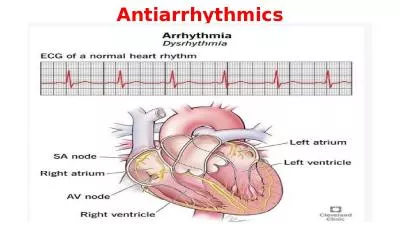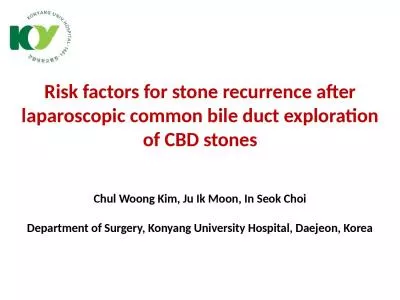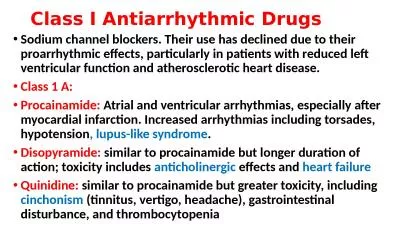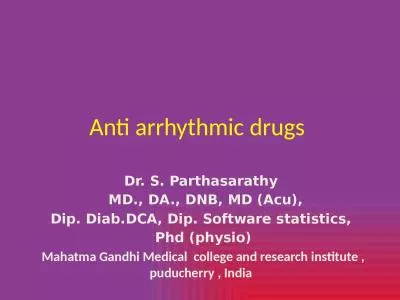PPT-Recurrence of Atrial Arrhythmias in the
Author : cheryl-pisano | Published Date : 2018-12-16
C atheter Ab lation Versus An tiarrhythmic Drug Therapy for A trial Fibrillation CABANA Trial Jeanne E Poole MD George Johnson BSEE Kristi H Monahan RN Hoss
Presentation Embed Code
Download Presentation
Download Presentation The PPT/PDF document "Recurrence of Atrial Arrhythmias in the" is the property of its rightful owner. Permission is granted to download and print the materials on this website for personal, non-commercial use only, and to display it on your personal computer provided you do not modify the materials and that you retain all copyright notices contained in the materials. By downloading content from our website, you accept the terms of this agreement.
Recurrence of Atrial Arrhythmias in the: Transcript
Download Rules Of Document
"Recurrence of Atrial Arrhythmias in the"The content belongs to its owner. You may download and print it for personal use, without modification, and keep all copyright notices. By downloading, you agree to these terms.
Related Documents

